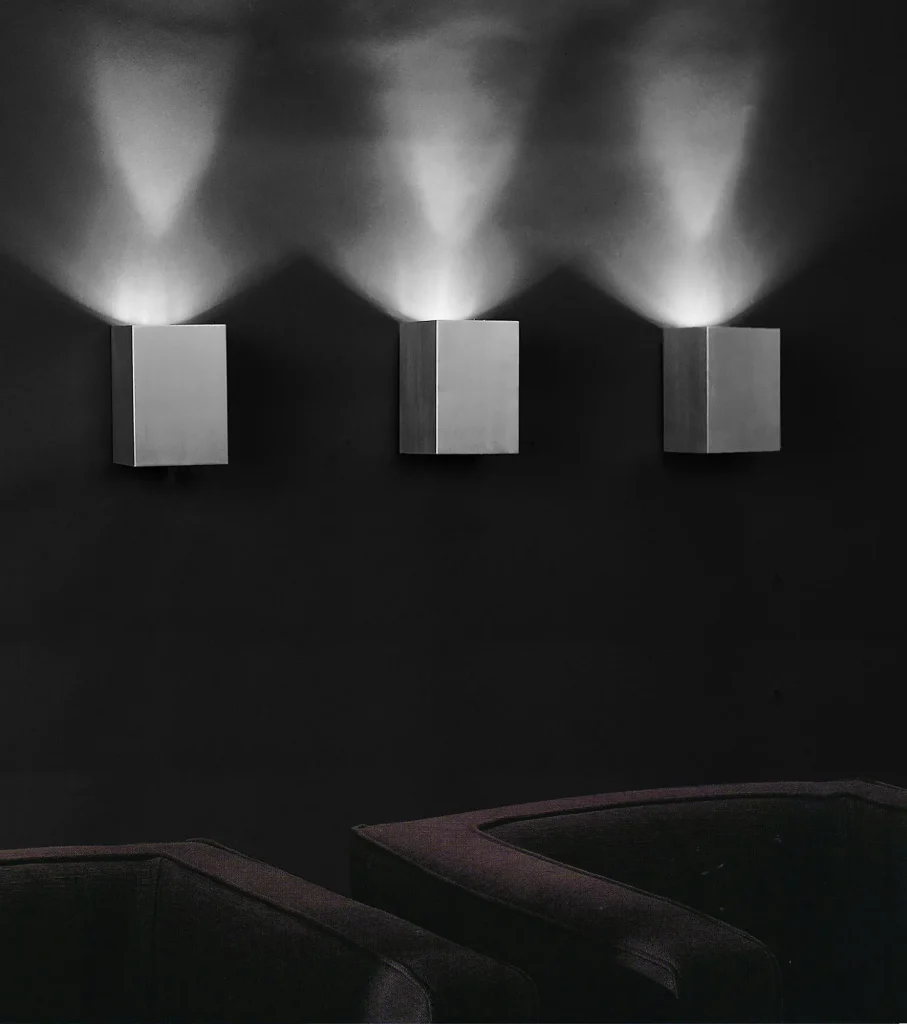Transform your media room into a true cinematic experience with smart, stylish lighting solutions. From dimmable ambient lighting to glare-free recessed fixtures and discreet floor lights, our expert blog guides help you create the perfect home cinema atmosphere. Discover practical tips, inspiration, and product recommendations tailored for immersive viewing comfort.

Creating the ultimate home cinema isn’t just about the screen size or the sound system — lighting plays a critical, often underestimated role in achieving a truly immersive viewing experience. The right lighting design enhances picture quality, minimises distractions, and elevates the overall ambience of your media space.
Think diffuse rather than dazzle when it comes to ceiling lighting for a TV lounge or cinema room. Ceiling light with a low profile are ideal as the don’t hang in view of the TV this eliminates the reflection.
Here’s how to light your home cinema room effectively, using contemporary solutions that go beyond tired trends like colour-changing LED strips.
1. Layered Lighting is Essential
The cornerstone of effective cinema room lighting is a layered approach, combining ambient, task, and accent lighting to provide both functionality and mood.


- Ambient Lighting: This is your general room illumination. In a cinema room, it should be soft and indirect. Think wall-mounted dimmable sconces or low-glare ceiling lights positioned around the perimeter.
- Task Lighting: Needed for activities like setting up equipment, reading controls, or fetching snacks. Use directional downlights or adjustable spotlights with a narrow beam.
- Accent Lighting: Adds depth and drama. Backlighting behind acoustic panels or under-seat lighting provides subtle visual interest without interfering with screen visibility.
2. Use Dimmable Lighting for Precise Control
Dimmable lighting gives you full control over brightness levels. This allows for seamless transitions between pre-show, viewing, and intermission settings. Integrate dimmers into your lighting scheme for tailored moods, whether you’re watching a blockbuster or bingeing a box set.
3. Indirect and Recessed Lighting Prevents Glare
Light reflections on the screen can ruin immersion. Avoid overhead lighting directly above the screen or reflective surfaces. Instead, opt for:
- Cove lighting concealed within architectural features like ceiling troughs or floating panels
- Recessed LED downlights placed strategically to avoid line-of-sight glare
- Integrated lighting within joinery or behind furniture for a floating, modern look
- Flush Ceiling Lighting often they are called lights for low ceilings, but they can be super useful in TV rooms, Media Rooms, Cinema Rooms and Gaming Rooms
These techniques provide ample illumination while keeping your screen the focal point.
4. Dark Materials and Low Reflectance Finishes
The best lighting in a cinema room starts with the surfaces it interacts with. Matte walls, dark acoustic panels, and velvet curtains all help absorb light and reduce reflections. Lighting then becomes a tool for atmosphere, not distraction.
If your room has lighter finishes, consider warmer white lighting (2700K–3000K) and carefully positioned fittings to reduce the risk of visual washout.
5. Integrated Stair and Floor Lighting
For larger cinema rooms or multi-level seating, discreet floor-level lighting ensures safe movement without disturbing the viewing experience. LED step lights, recessed skirting board lights, or fibre optic floor markers offer guidance with a touch of elegance.
6. Backlighting Enhances Comfort and Contrast
Install bias lighting behind the screen or around wall-mounted TVs to reduce eye strain and improve perceived contrast, especially in darker settings. A neutral white backlight can enhance picture quality without drawing attention to itself.

7. Cool it with Fans and Lights
If the room is in a basement, attic or a space without ventilation consider using a ceiling fan to make things breezy and cool. Fans with built in lights are dual use and many have voice control or work with smartphone apps.




Final Thoughts
Avoid gimmicky, colour-shifting LEDs and opt instead for thoughtful, architecturally integrated lighting that complements your home cinema’s purpose: to immerse, entertain, and impress. At LightingCompany.co.uk, we offer a curated selection of modern lighting solutions perfect for high-performance media rooms. From ambient control to statement accents, we help you with lighting perfect for creating a cinema experience that’s as visually stunning as it is technically sound.
Need help lighting your home cinema?
Contact our sales team for personalised advice and product recommendations tailored to your space and setup.
Home Cinema Lighting
The amount of light you’ll require will depend on the size of your room, the general rule of thumb for knowing how much light you need in a room is the length of it times the width, times 25. For example if the room is 5 metres by 4 metres the amount of watts required to sufficiently illuminate it would be 500 watts (5x4x25).
Lighting Company
Lighting Company
